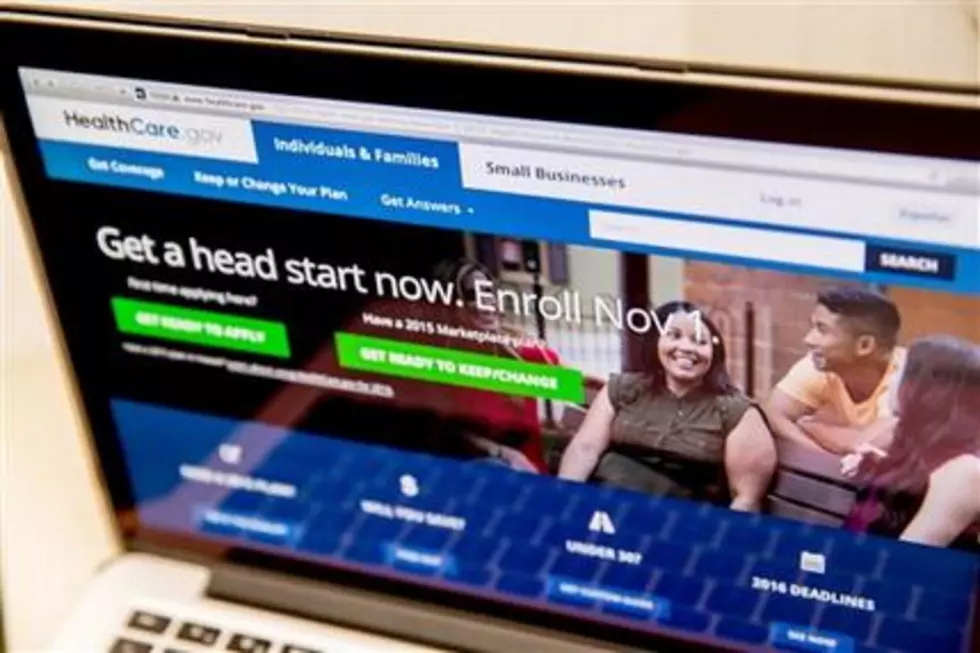
NJ’s Obamacare fix could lower insurance premiums next year
Roughly 320,000 New Jerseyans get their health insurance through individual health plans – and might actually pay less for coverage next year due to a new reinsurance program being created by the state.
The program required a waiver from the Trump administration, which approved it this month. New Jersey becomes one of seven states with permission to have a reinsurance program, which for three years had been part of the Affordable Care Act but got phased out in 2016.
New Jersey will reimburse insurers for high-risk enrollees – 60 percent of claims, for costs between $40,000 and $215,000. The state estimates that it will trim individual health insurance premiums by 15 percent.
“By defraying the cost for those high-cost individuals, it creates a level of certainty for the insurers,” said Raymond Castro, director of health policy for New Jersey Policy Perspective. “They know that they don’t have to compensate for those higher costs, so they keep the rates down low for everyone. It basically reduces the risk in the market for them.”
Rates for individual health coverage went up 19 percent this year and had been on track to increase 13 percent next year, Castro said. That had already been trimmed to around 6 percent in the initial rate filings from health insurers.
“We expect up to a 15 percent reduction as a result of the reinsurance program, so this means rates are actually going to be less than they were this year,” Castro said.
Castro says the benefits will be felt most notably by individuals whose income is too high to receive federal health insurance subsidies, around $95,000 for a family of four.
“If you make more than that, then you don’t get any subsidies. So when the rates went up, you had to pay for the full rate. So the reinsurance program will mainly benefit that group,” he said.
Final rates are expected to be released in the fall.
The cost of the program is expected to be $324 million next year, with two-thirds of it paid for by the federal government. The $218 million in federal aid requested by the state equals what the program is expected to save the federal government by lowering premiums.
The state’s share should come mostly from "individual mandate" penalties on people without health insurance that the state will begin charging next year, as the federal government stops collecting it. The state refers to it as a ‘shared responsibility tax.’
The state’s total share next year is expected to be $106 million. If the individual mandate revenues don’t cover it, the difference will come from the general state budget.
The federal share is projected to increase $244 million, $265 million, $287 million and $310 million in the four years from 2020 to 2023. The state cost is projected to rise to $130 million by 2023.
The state expects that the lowered insurance premiums will increase enrollment in the individual health insurance market by 2.7 percent, or around 9,000 people.





